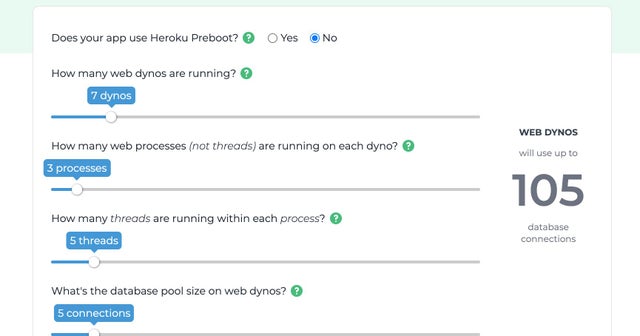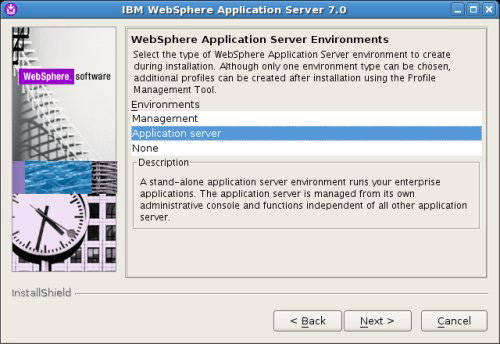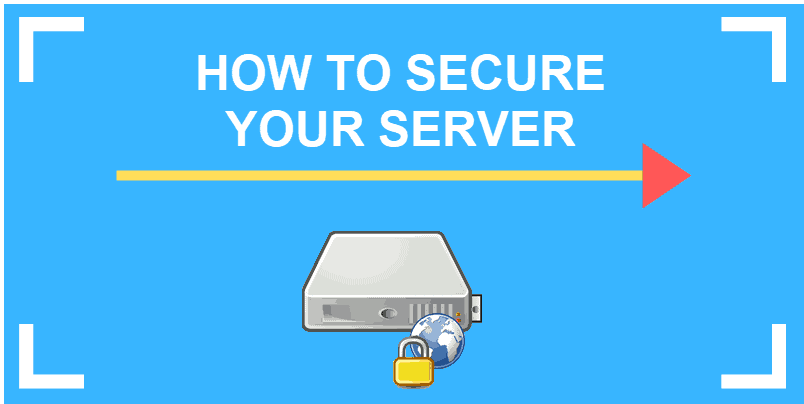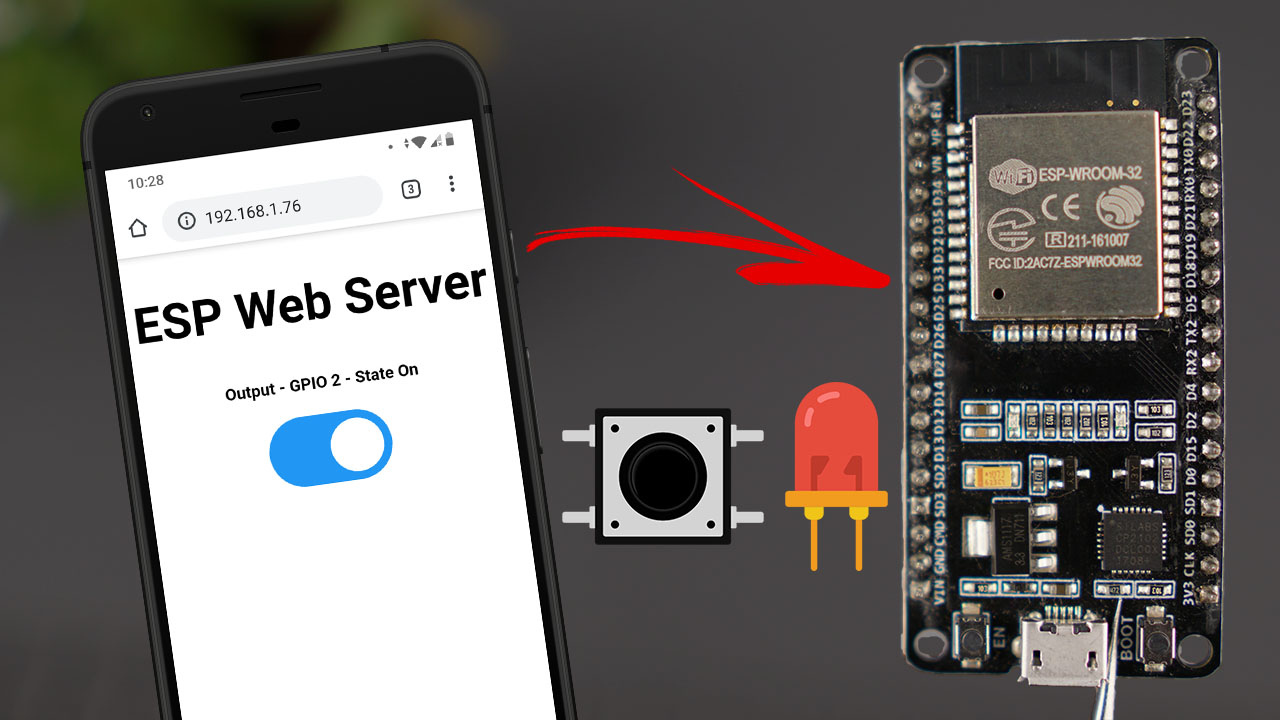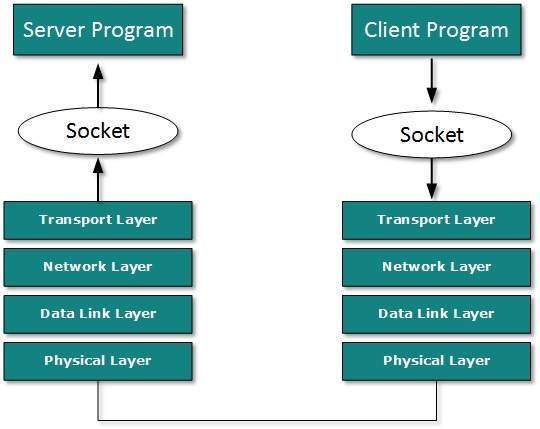How to Set Up a Rails Server on Heroku
You’ve probably heard of Heroku, but do you know how to set it up? If not, this tutorial is for you! We’ll cover Configuration, Costs, Environment variables, and Autoscale. If you’re new to Rails, this tutorial will give you an introduction to Heroku’s Rails framework. In addition, you’ll learn how to set up your account and use Rails to create a server.
Configuration
Whether you’re building a web app, or are looking to learn how to install and configure Rails on Heroku, this tutorial can help you get started. It’s divided into two parts, the first covering nginx/passenger server stack, and the second covering more advanced deployment tools. As with the free tutorial, the second part is only available if you purchase the book. Regardless of which approach you take, you’ll be happy you took the time to learn this tutorial.
Costs
Whether you are looking to host your Rails application for free or pay for a dedicated server, you can find the right option for your needs. While Heroku is free to set up and deploy applications, you will need to pay for the actual computing resources your application needs. Users refer to these resources as “dynos” and a “minimum” amount of dynos is free. If your application is rarely active, you will never need to pay for the server.
Environment variables
To run your Rails application on Heroku, you need to add a few environment variables. You can do this in two ways. You can use the Heroku CLI to add them. To do so, go to your account and click on the “App Settings” tab. Then click on “Config Variables” and add the environment variables. Once you have added the environment variables, you can run the application.
Autoscale
One of the reasons you may be wondering how to autoscale a Rails server on Heroku is that most apps will naturally overscale during peak traffic. Rails Autoscale will watch for such situations and automatically scale the app to the right level, saving you half the cost of Heroku. It only scales based on the request queue time, not total response time. This is because some endpoints will take longer than others to process.
Dokku
If you are looking to deploy a Rails application on Dokku, here’s how. You can deploy your app on a dedicated server or via a PaaS service such as Heroku. The PaaS provides a seamless deployment experience and allows you to customize your environment. Nonetheless, it requires complex setup. Hence, dokku aims to combine the benefits of both.

